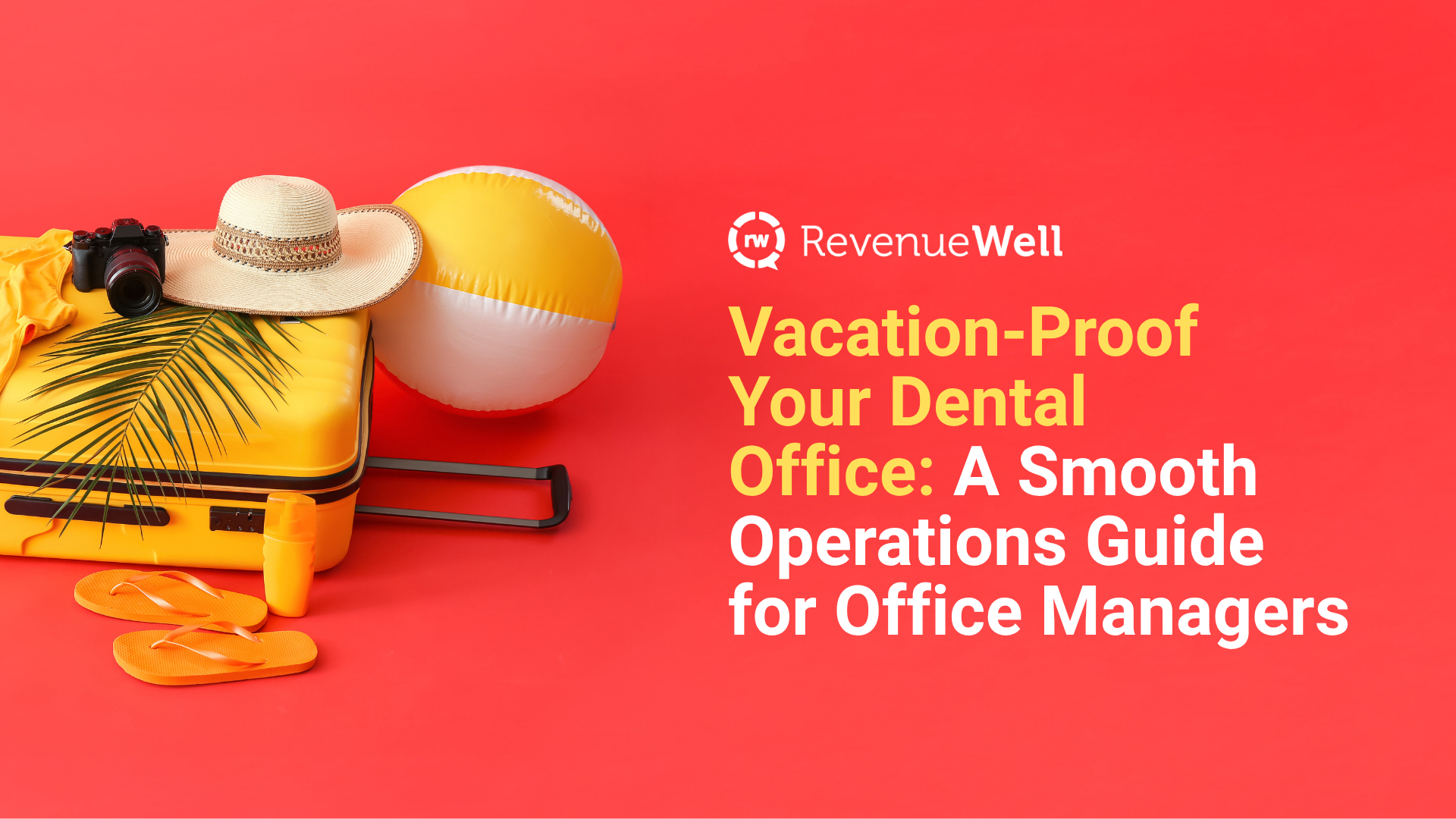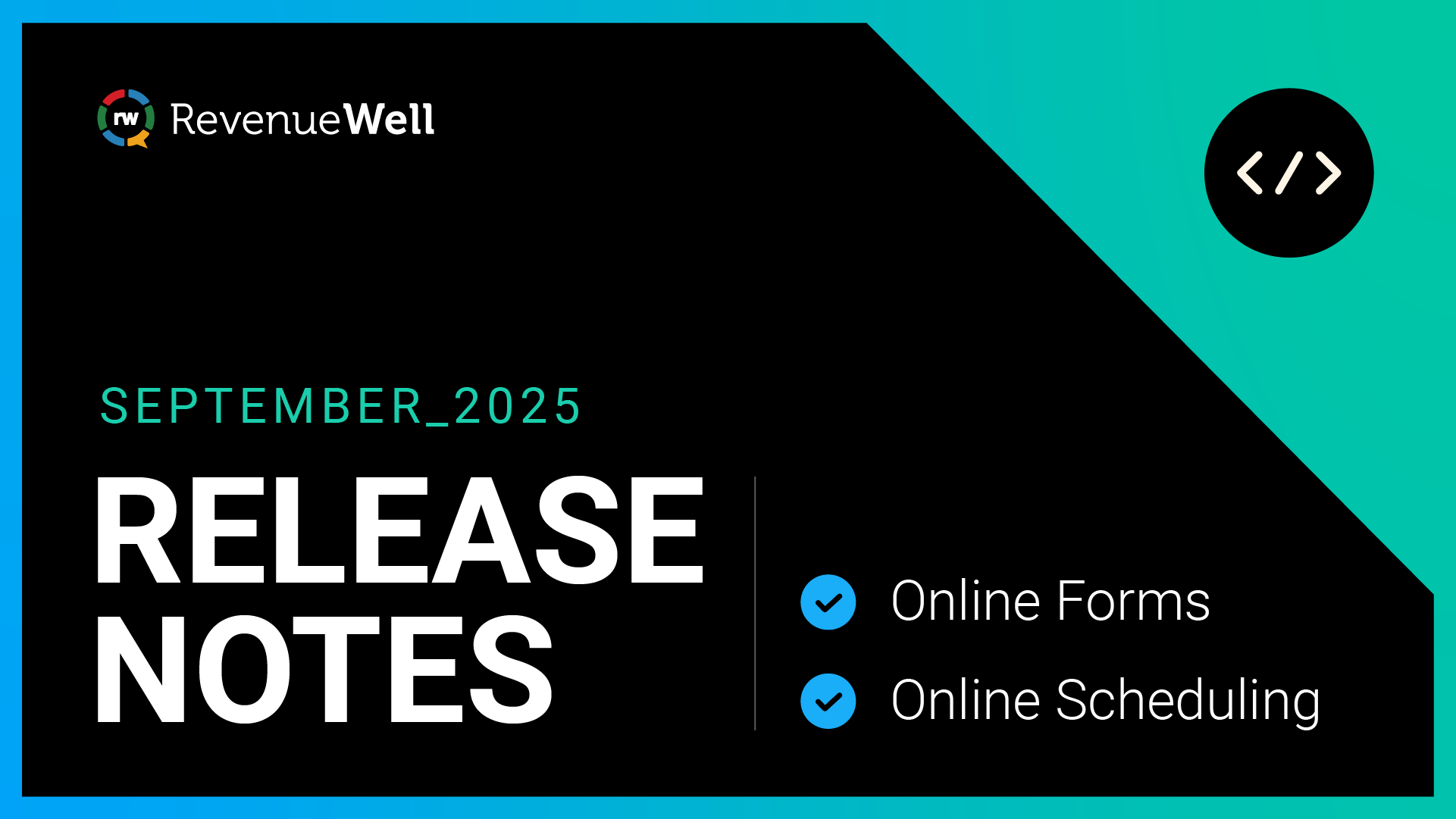How to Increase Dental Patient Lifetime Value

When it comes to the business of dentistry, most dental marketing is focused on bringing in new patients to grow the practice. This conventional wisdom leans towards spending more money on billboards, newspapers, direct mail, local sponsorships, and pricey referral programs to get new patients in the door. These expenses are known as patient acquisition costs. Patient acquisition cost (PAC) is the total cost it takes to get a new patient.
Acquiring new patients, however, doesn’t necessarily maximize productivity. Your practice may fill its hygiene schedule with new patients after a Facebook ad campaign, but if they don’t have a strong patient retention strategy, you may never see many of those new patients again. The key to maximizing the long-term profitability of your practice is to balance your patient acquisition costs with your case acceptance and patient retention strategy to increase your patient lifetime value.
What is Patient Lifetime Value?
Patient lifetime value (PLV) is a simple formula to help you predict the revenue a patient brings to your practice over the length of their relationship. It is based on the average transaction value of each patient, how many times they come in annually, and how many years they stay with your practice. It's one of the most critical performance indicators for the valuation of your practice if you decide to sell it in the future.
How To Calculate Patient Lifetime Value

The inevitable loss of patients due to patient dissatisfaction, relocation, changes in insurance, or other reasons is called patient attrition. As a result, patients stay with a practice for an average of 7-10 years at a time before they churn. Let's assume that the average patient comes in 1-2 times annually and the average appointment generates $300 in revenue. That means each patient is worth anywhere between $2,100 to $6,000 over their entire lifetime to your practice.
This estimate doesn’t include restorative, emergency, or elective treatments and doesn’t take their referrals into account. Your PLV can also fluctuate based on practice type, location, marketing efforts, and patient experience. With all these factors considered, your average patient lifetime value can range from anywhere from $4,500 to $22,000 or even more!
Patient Acquisition Costs vs. Patient Retention Strategy
There is a common thought that the fastest way to grow a practice is to attract new patients. This is certainly a part of the equation, but fastest doesn’t always mean best. Since it costs your practice 6x as much money to acquire new patients than it does to retain your existing patients, the best practice growth strategies must address patient attrition rates.
The average patient attrition rate (percentage of a patient base that doesn’t return for dental care within 18 months of their last visit) was 17% annually before the pandemic. That means a dental practice with 1,600 patients seeing 23 new patients every month is actually stagnating. This is why marketing to new patients is so important. The amount of money you spend to bring new patients in the door is known as your patient acquisition cost.
Since it costs an average of $300 to bring one new patient through the door, if you don’t have incredible relationships with your existing patients, you could be spending as much as $7,000 a month on marketing efforts that barely grow your practice. Therefore, patient retention – the ongoing engagement with your existing patients – is the most critical part of any dental growth strategy. With the right strategy in place, you can drop attrition in your practice, save money on patient acquisition costs, and maximize your average patient lifetime value by enhancing your patient experience.
How to maximize Patient Lifetime Value
These 4 best practices will drive more practice visits, increase appointment value, and decrease patient attrition.
- Prioritize Patient Education
A wise person educates themselves before making financial investments, and when it comes to oral health, a wise patient needs to know why they need a root canal before they open a CareCredit account. Our founder compares patient education to wine tasting. You may love the $5 Trader Joe’s wine bottles, but if you received an all-expenses-paid trip to Napa Valley to taste the best wine in the country, you may come back home and opt for a more expensive bottle. Why? Because, the more knowledge you have on wine, the more you’re willing to spend on quality. Your patients feel the exact same way about their oral health. The more education they receive during preventative appointments, the more they will be willing to invest in restorative treatments over time.
Implementing new patient education strategies doesn’t have to change the way you structure your appointments either. Patient education can occur passively in the waiting room or behind the scenes with automatic treatment plan follow-ups after a patient leaves. Education increases PLV by improving case acceptance rates which ultimately leads to higher average appointment values.
- Cultivate a Digitally Native Patient Experience
When your patients need a ride, they order one through an app. When they want pizza, they have their custom order already saved on their favorite food delivery app. Why? Because for digital natives, convenience is king. With everything from work to home being so digitized, they expect a similar experience with their healthcare as well. By communicating with patients on their terms using unlimited 2-way multimedia text messaging, online scheduling, patient portals, and screen pops your practice simply becomes too convenient to leave.
When your practice prioritizes convenience for the patients that spend the most time online, all the older practices in your area will either be competing to keep up or get left behind. Most importantly, it becomes easier to boost your PLV with more frequent scheduled appointments and less patient attrition.
- Listen To Your Patients to Extend your Relationship
Feedback is a gift, and when you pay it forward, it pays you back. We all know that asking every patient for feedback (good or bad) makes it easier for new patients to find your practice online. But how do you maximize the gift of feedback?
Start with your loyal existing patients. Interview them and ask what keeps them coming back, what they would change, and how you can make their word-of-mouth efforts worth their energy. Implementing this valuable research from existing patients instead of spending money targeting new patients will dramatically enhance the experience at your office and naturally draw in new patients that will also keep coming back.
What about the negative feedback? It's fertilizer for a healthy practice. Thank them, ensure them that you’re committed to growth, and invite them back so they can see for themselves. Even if you don’t win them over (because let’s face it. You can’t be loved by everyone), the grace you handle the gift of feedback with will be a magnet for new patients that will appreciate your practice.
You can also increase patient loyalty with a reliable social media brand. With the amount of daily responsibilities on a team’s plate, social media is often a bottom-barrel priority for most dental practices. If patients aren’t engaging with your social media content, what’s the use in being consistent, right? When you earn a new impression with your existing patients, you are helping them discover more about your brand while staying top of mind. A patient may have archived a treatment plan follow up email but seeing you on their Instagram story could be the key to getting them back in the Drs. Chair for those highly productive restorative treatments. The best part? It doesn’t take a penny away from your marketing budget.
- Blend Automated Communications with a Personal Touch
Since the pandemic, manually confirming appointments and reminding patients over the phone has become less common as more practices subscribe to patient communication tools. They learned that busy patients prefer texts and overworked receptionists prefer to have an extra few hours back in their day. However, there are plenty of practices that are still manual in order to preserve the personal touch they’ve had with their patients over the years.
The practices with the most success navigating the new normal are the ones who are able to balance a personal touch with efficient, automatic communications. It can be as simple as an enhanced caller ID system to shorten the length of phone calls. It can be an automatic marketing campaign that reactivates patients you haven’t seen in a while. It can be an expiring insurance benefits campaign that targets every unscheduled crown, bridge, or implant patient during the fall gap.
The bottom line is when it comes to blending automated patient communication with a personal touch, the more you automate, the less admin work your front desk has to do. This ultimately leads to a happier staff forming more meaningful relationships with patients who are happy to come back to your practice as often as they can for as long as possible.
The problem many practices run into when addressing their patient lifetime value is figuring out which tools they need to achieve their goals. How can their website reduce their patient acquisition costs? Which tool is the best for confirmations and reminders? What about patient education and recall? Combining software into a bloated tech stack can become overwhelming quickly and create even more problems than solutions.
Use these strategies mentioned above with an all-in-one dental-specific patient communication platform like Revenuewell. Curious to learn how we do it? Get in touch with a product specialist to learn more.




